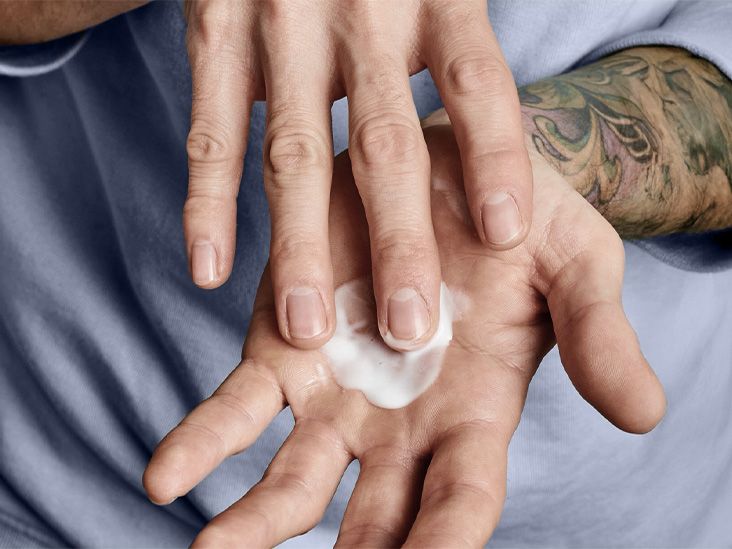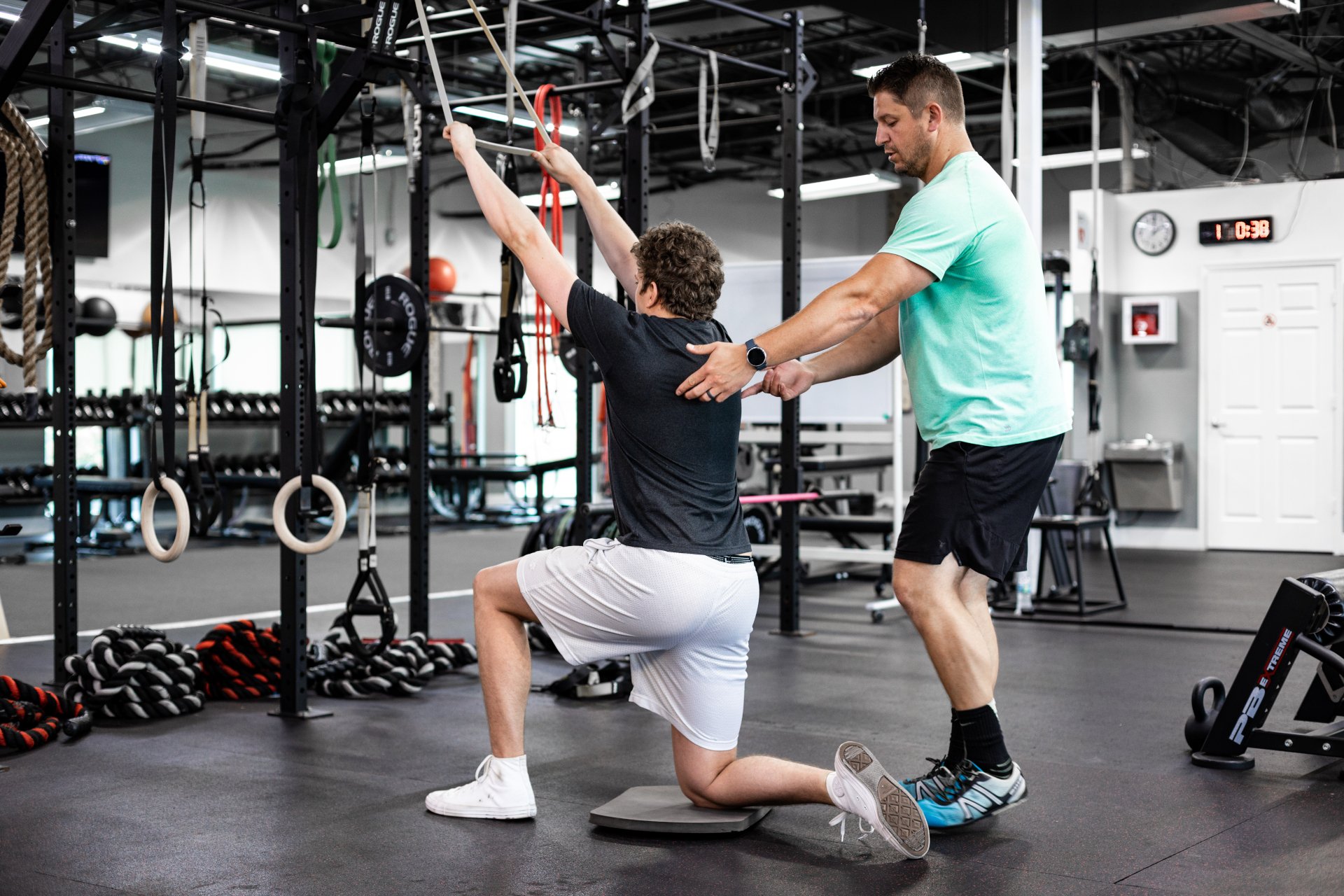A Gentle Fix for a Sensitive Condition: Penile Torsion Repair Explained

Penile torsion is a condition present from birth, where the penis is abnormally rotated along its shaft, typically in a counterclockwise direction. While often mild and harmless, more significant cases can lead to physical discomfort, challenges with urination, and emotional distress. When the rotation is visibly pronounced or functionally disruptive, penile torsion repair offers a solution that restores both alignment and peace of mind.
Most cases are discovered during infancy or early childhood, usually by a pediatrician during a routine exam or in the course of a circumcision. Although minor degrees of torsion may require no intervention, more substantial rotation—often greater than 45 degrees—can create practical or aesthetic concerns as a child grows. In these instances, surgical correction becomes the most effective path forward.
Surgical repair focuses on correcting the twist of the penile shaft, usually through adjustments to the skin and connective tissues that support the penis. In the hands of an experienced pediatric urologist, the procedure is straightforward, safe, and associated with a high rate of satisfaction. It also has a strong track record of delivering lasting results, particularly when performed early.
Understanding the Condition and When It Requires Attention
Penile torsion varies in its presentation. In mild forms, the rotation may go unnoticed or appear as a slight curve that does not interfere with urination or function. However, when the twist is more severe, it can affect the direction of urine flow, complicate hygiene, or become increasingly visible during erection as a child reaches adolescence.
Parents may also be concerned about the cosmetic appearance, especially if the rotation is significant. This concern is valid, as children may later experience self-consciousness or anxiety about their bodies. Addressing the issue early through penile torsion repair can help prevent long-term discomfort or psychological impact.
The condition is generally not painful, and it rarely causes complications in infancy. Nonetheless, if the child’s pediatrician or urologist observes a rotation that affects daily functions or projects cosmetic challenges later in life, they may recommend a surgical correction. The ideal time for penile torsion repair is often during infancy or early childhood, when tissue is still highly elastic, healing is fast, and the emotional effects are minimal.
In cases where torsion is not identified until adolescence or adulthood, correction is still possible. The same principles apply, though the procedure may be slightly more involved. Regardless of the patient’s age, the goal is always the same: to correct the alignment without compromising sensitivity, function, or appearance.
Surgical Correction and What It Involves
Penile torsion repair involves a careful surgical technique designed to unwind the rotation and stabilize the penis in its proper orientation. Depending on the degree of torsion and the patient’s anatomy, a few different surgical approaches may be used. In many cases, realignment is achieved by modifying the skin and subcutaneous tissue on one side of the penis, particularly the dartos fascia. Releasing or repositioning this tissue can relieve the torsional pull and allow the penis to rest in a neutral, forward-facing position.
When skin adjustments alone do not suffice—especially in cases of pronounced torsion—surgeons may perform tunica albuginea plication. This involves placing sutures into the structural layer surrounding the erectile tissue to correct the twist at a deeper level. The procedure is carefully performed to avoid affecting the nerves and blood supply, ensuring that both sensation and function remain intact after healing.
Often, penile torsion repair is performed in conjunction with circumcision, especially when the condition is diagnosed during infancy. In such cases, the two procedures can be done together, minimizing overall recovery time. If circumcision was previously done and the torsion becomes evident later, repair is still very feasible.
The operation typically lasts less than an hour and is performed under general anesthesia. Absorbable sutures are used, which means follow-up visits are more focused on monitoring healing rather than removing stitches. In most cases, children return home the same day, with only minimal discomfort in the following days.
After surgery, the penis may appear slightly swollen or bruised, which is normal and temporary. Pain is usually managed with over-the-counter medications. Care instructions generally include gentle hygiene practices, avoiding pressure on the area, and short-term activity restrictions. Recovery is typically complete within a few weeks, and the long-term outcome is very positive.
Results, Reassurance, and Long-Term Impact
The primary benefit of penile torsion repair is visual and functional correction. The penis returns to a midline position, urination becomes easier to manage, and concerns about future appearance are resolved. The procedure provides a strong sense of reassurance to families who might otherwise worry about future complications or stigma associated with visible genital differences.
Most patients require only one surgery, with little to no chance of the condition recurring. In rare cases, if the correction is not completely successful, a minor revision may be needed. However, the overall success rate of initial surgery remains high, and complications such as infection or nerve damage are extremely rare.
From a psychological standpoint, early penile torsion repair can prevent embarrassment or confusion later in life. Children who grow up with untreated moderate or severe torsion may encounter questions or distress about their bodies during formative years. Repairing the torsion in early childhood eliminates this potential concern and supports a more confident, comfortable experience in adolescence and adulthood.
In adult patients, repair can provide a renewed sense of confidence in both appearance and intimacy. Though the decision to undergo the procedure at a later age may come with added considerations, the outcome remains favorable, with restoration of both form and function.
Advances in Care and Surgical Excellence
Modern pediatric urology has made significant strides in procedures like penile torsion repair. New suturing techniques, refined anesthesia protocols, and a deeper understanding of penile development have made the operation more precise and less invasive. The trend toward early, minimally disruptive intervention has helped countless children and families navigate this condition with clarity and confidence.
Pediatric specialists now have access to improved materials and tools that ensure better cosmetic results and faster healing. Operating in accredited surgical centers, they follow strict safety guidelines, with personalized pre- and post-operative care that ensures a smooth experience from start to finish.
Follow-up care after penile torsion repair usually includes a check-in with the surgeon to ensure proper healing, confirm alignment, and answer any questions. In most cases, no long-term interventions are required. The child resumes normal activities within weeks and continues through development with no reminders of the early procedure.
Correcting a torsion may seem like a small adjustment, but the benefits often extend far beyond the physical correction. It provides peace of mind, supports self-esteem, and restores comfort at a foundational level.

